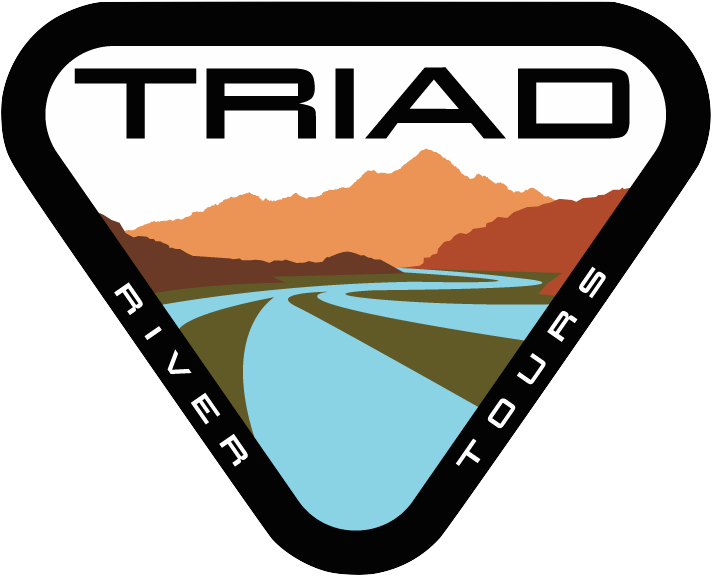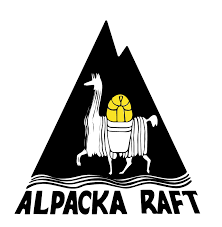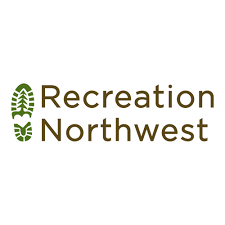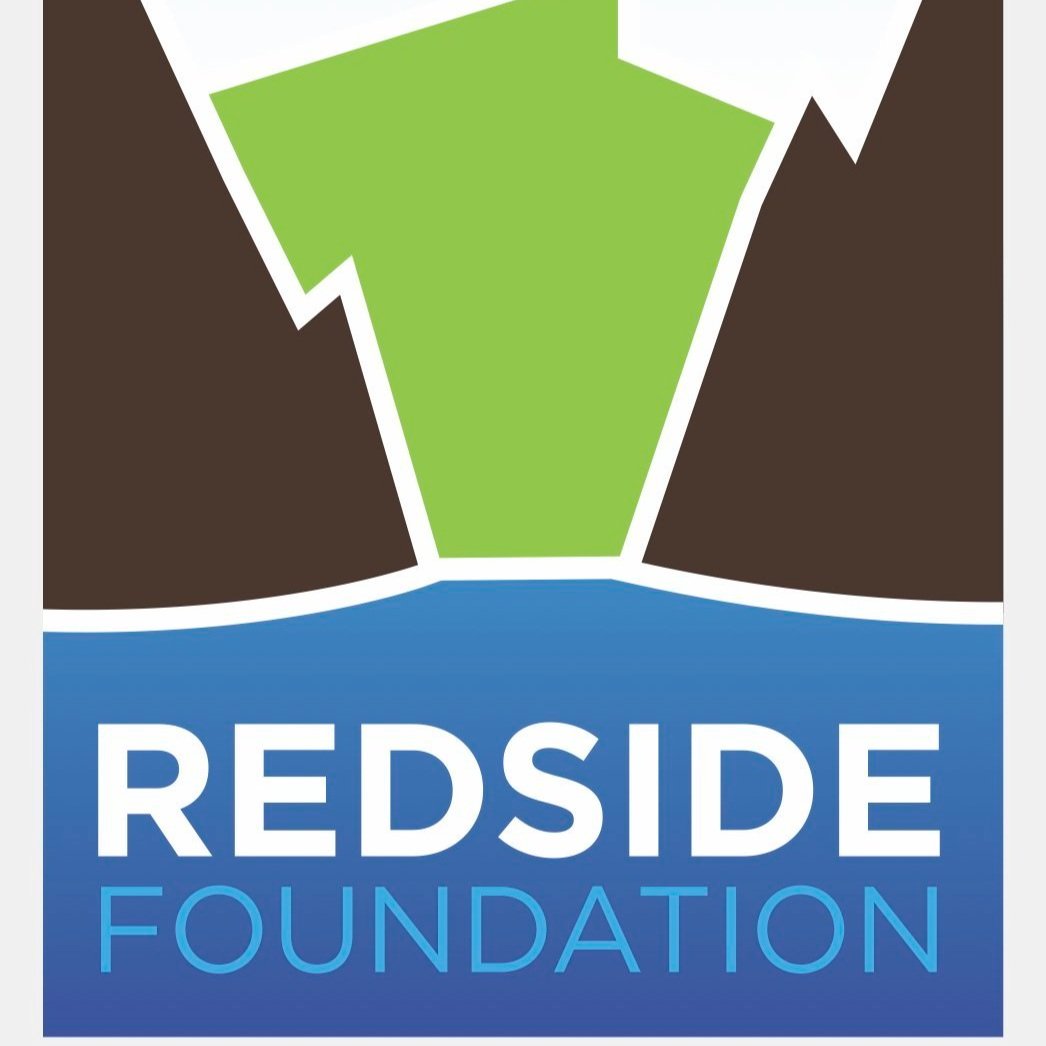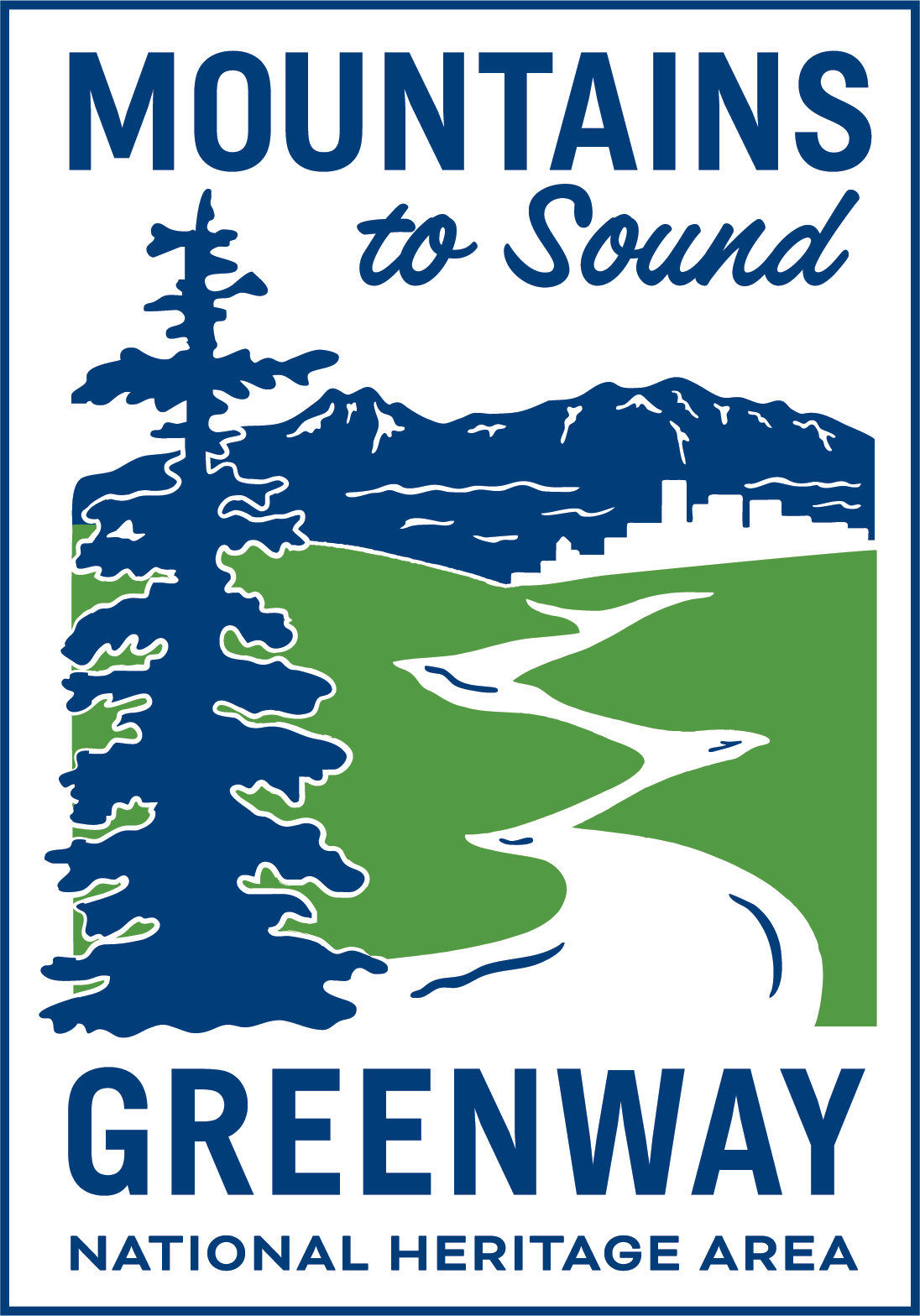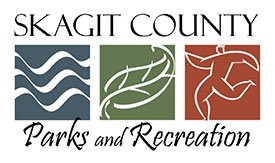Overview
Company History & Purpose
Triad River Tours was founded in October of 2012 by Luke Baugh, in Bellingham, Washington. Originally from Orofino, Idaho, Luke grew up on the Clearwater River and began guiding in 2000 on the Salmon River out of Riggins, Idaho. After a few years of guiding on the Salmon, and Snake Rivers, and working during the offseason as a sales representative in the Outdoor Recreation Industry, he became very interested in the connection between people’s well being, and nature. Luke studied yoga at the Ashtanga Yoga School of Seattle under his now good friend, David Garrigues. Luke also began studying at the San Fransisco Zen Center, and took up a daily meditation practice that accompanied his work on the river as a multi-day expedition trip leader. As a single father who relied financially on a guiding career, Luke took his profession, and his responsibilities to his guests and his employers seriously.
In 2004 his brother Jess Baugh founded his own company, Mountain River Outfitters, and Luke witnessed the grueling experience of running a business and building a reputation. While outfitting was never a goal of his, it seemed inevitable, and over the years, Luke became more acutely aware that his vision of a rafting company was different than the norm; he wanted to converge wellness, meditation, and nature, through the means of professional guiding. Luke wasn’t alone in this endeavor; many river guides, friends, and mentors, supported the development of a river company structure that resembled a co-operative, where the guides were given a great amount of control, and not just responsibility. The collaborative environment of Idaho Afloat, which was operated by Bruce and Jeanne Howard, was the first time in Luke’s career that he felt that the guides were respected as professionals. This company became part of a template that developed over the course of a decade of guiding, that became the original procedures that would be Triad River Tours core values and operating systems.
Triad has been influenced strongly by several guides, outfitters, and organizations that have contributed in various ways to the current operating plan. Triad operated first on the Skagit River, and now has permits on 26 separate river sections, and has taken thousands of people down the river, from tribal elders of the Salish tribes, to congressmen, and members of many minority communities. Triad represents public access to natural places for all people, through advanced operational systems, and an awareness of social justice, and equality for the public which it serves, and reverence for the lands which are the focus of our guests experiences.
Instead of focusing on tourism from far away, Triad focuses on the local populations of Western Washington, and highlights recreational opportunities close to home for members of this community as alternatives to long distance travel and further use of natural resources. Triad seeks to artfully connect our guests with the rhythms of the river, and to the universal equality of humanity. We rely on the wisdom of the ancestors of the Salish Peoples, as well as contemporary training. Our mission is:
“To facilitate the relationship between human beings and their natural environment”
2. The Meaning of “Triad”
The word “Triad” comes from an ancient Indian philosophy, Samkhya, which is a philosophy that serves as the foundation for yoga, and was also very influential in buddhism, and many other spiritual practices. Triad means “three”, and in this respect, the three are what are known in yoga as the gunas (pronounced “gooh-nah”). In the yoga sutras, there is a belief that the experience of life as a human is for two reasons; exploration, and emancipation. The yoga sutras of Patanjali provide a perspective on life and suffering, in such a way that nature is viewed as a means to overcome suffering, which is based primarily in the mind, and a lack of awareness (avidya) that stems from a misunderstanding of how the universe functions. Essentially, we suffer because we lose our grip on reality, and instead of identifying as spiritual beings who are inhabiting the earth as visitors, we start to develop attachments, egoism, and cycles of suffering from root causes, called “kleshas”.
Nature itself cannot solve the problem of human suffering. Nature, according to yoga, is called “prakriti” in sanskrit, and represents only a part of the whole of what defines human existence. The other part is the spirit, or “purusha”. In order to surrender to the depths of our true being, we must see that we are both of these things; spirit, and material.
From the viewpoint of yoga, there is suffering caused from attachment and ego, but when we relinquish our need to identify ourselves as something dominant, something that has control over nature, but rather as something that works in harmony with it, the elements of our bodies become peaceful, and resonate with nature. According to yoga, our bodies and minds are made up of the same elements that make up the rivers, lakes, and mountains; these are the three gunas of nature, or “prakriti”, and this is where Triad got its name, from the 3 gunas.
Teaching yoga and guiding people down the river has a lot in common, if our goal is to help reduce human suffering. There is no doubt that exposure to nature, and developing a connection with nature, and those around us, is healthy for people. During the Covid-19 pandemic, we witnessed humanity’s need for nature, and the connection between nature experiences and well being.
From Luke Baugh (Registered Yoga Teacher & River Guide):
IMO, a guide is someone that explores the levels of an experience with nature and facilitates the depth of that experience. A good guide is one that brings people into deep connection in a way they are not capable of doing on their own. A poor guide is someone who can only provide an experience that satisfies the most primitive needs of their guests, like that of a machine on a carnival ride.
To me, a guide is someone who teaches others how to relate to the elements, to nature, to each other, and who themselves is committed to their own relationship to those things.
In yoga philosophy the Triad of nature is called “triguna” or a law of three. The most basic elements of the natural order are called the “three gunas”. The three are named rajas, sattva, and tamas in sanskrit. They are comprised of the elements (water, earth, fire, air, space). In sanskrit they’re called “guna” but you can think of them like physics; protons (rajas), neutrons (sattva), and electrons (tamas).
Rajas guna is the active element, or the “revolving tendency” of action. This has a positive charge. This is what we want in our work, and in our enthusiasm and passion for what we do. A love of nature that sits within us leads to us guiding others into a relationship with nature. Rajas is fire. It is bright, but it will eventually be destroyed. Rajas can be seen in things that are changing.
Sattva guna is the balanced element, with a neutral charge, and that is what we want in our organizational structure. It is clean and pure, strong, trusting. Sattva is a centripetal or cohesive tendency; it keeps things together. We need this to keep people safe on the river because Sattva is that which is not being destroyed.
Tamas guna is the expansive and destructive tendency. This has a negative charge. This is the element of rest and defeat, of destruction and the moving away of past things. It is really important, but since Tamas is the element of death and destruction, we must be careful when dealing with it as guides because we do not want destruction or negativity in certain aspects of our work, or it could lead to negative outcomes that create suffering. At the same time we have to acknowledge and respect this element as it is inevitable, so we learn to work with it.
There are a lot of ways to describe the gunas, and some religions have even deified them. We don’t need to do that in order to understand them, because we can look at the landscape where we work and see them:
Rajas guna is the sunlight that brings life to plants but also dries them up to bring death; anything that changes. It is the passion and effort that a spawning salmon gives while it fights upstream in order for its species to survive.
Sattva guna is the peaceful calm after running a rapid, and the clear water of a pool. Sattva is there when a salmon is swimming mid life cycle, simply existing as a part of nature, neither being born or dying. It is the equinox. It is the perfect pitch of a singing bird echoing over the river.
Tamas guna is the end of the day, the darkness, and it is the weight and heaviness of water. It is the erosion to the roots of a tree that falls into a rapid and gets stuck. It is the process of decay of the Salmon as it dies. It is the earth within the mountain that we cannot see, that holds the bones of the ancestors.
The three work together to ensure that nature stays in balance, and we are both a part of nature, as well as orchestrators of experiences within it.
This is what “Triad” means; the three fundamental qualities of nature. The theory is that the human spirit becomes more connected, grounded, or enlightened (if you will), by having direct connection with these elements, and those two things (the spirit and nature) constitute the divine exchange and interaction of life.
for reference: https://en.wikipedia.org/wiki/Gu%E1%B9%87a
3. Core Beliefs & Ethical Principles
Triad River Tours exists to serve humanity in two ways; first, to protect human life by way of safety. This means, literally, that we do not want anyone to lose their life, or become injured unnecessarily. We acknowledge that life is fragile, and we also understand that there are inherent risks; we do not try to ignore, defy, or completely overcome the risks to human life that are involved in what we do, we simply desire to professionally account for risk variables that, like the kleshas, can contribute to the suffering of our guests through unnecessary injury, or death.
The second way that Triad seeks to serve humanity is through protecting the environment. It is important to acknowledge that as a business, we have to make a profit, or we will not be able to continue doing what we do. This is step 1; nothing is perfect. We understand that it is possible that the environment can be damaged through human impact. Again, we are not trying to eliminate this entirely, but simply to reduce it as much as we can. By practicing Leave No Trace principles, operating tours based on minimalist ethics, clear organizational structure, and excellent training, we can reduce our carbon footprint, and operate in a way that is sustainable and as low impact as possible. All of our operational procedures are based on these two things: 1. Protect human life. 2. Protect the environment.
Triad is a leave no trace outfitter and believes strongly that more people should have access to wild public lands and proceeds to lead by example in terms of river etiquette and conservation.
Leave No Trace Ethics are a dynamic set of ethics that are often changing. At this time they can be referred to as the following 7 Principles (source: lnt.org):
Plan ahead and Prepare
Travel and Camp on Durable Surfaces (whenever possible)
Dispose of Waste Properly (and pick up trash of others)
Leave what you find (do not take rocks, and do not disrupt nature)
Minimize Campfire Impacts (or make no fire at all)
Respect Wildlife
Be considerate of other visitors
Triad believes strongly in social justice and equality for all people. We as a company are committed fully to providing opportunities for members of the public from all social and economic levels of our world opportunities to engage with nature. We take our commitment to public lands seriously both as environmentalists, as well as stewards of public lands for people of all walks of life.
4. Goals & Standards
Triad River Tours seeks to be an industry leader in whitewater safety, environmental stewardship, and goodwill towards all people as it is the spirit of the river. Triad River Tours has great respect for the river and its local inhabitants, both present and past. We seek to honor them by treating the land and the people that visit it with the utmost respect.
